Retro Replay Review
Gameplay
1985: The Day After delivers a gameplay loop that emphasizes precision, exploration, and resource management. You pilot a sleek recovery ship through subterranean caverns spread across four distinct planets, each with its own environmental hazards and layout quirks. The core objective is simple—locate and secure energy pods—but the execution requires mastery of the ship’s rotational controls, where left and right rotate your craft and up and down adjust thrust. This control scheme rewards patient steering and situational awareness over brute force.
(HEY YOU!! We hope you enjoy! We try not to run ads. So basically, this is a very expensive hobby running this site. Please consider joining us for updates, forums, and more. Network w/ us to make some cash or friends while retro gaming, and you can win some free retro games for posting. Okay, carry on 👍)
The negotiation of tight corridors is where the game truly shines. Cavern passages narrow to near-microscopic widths, forcing you to slow your vessel to a crawl and make minute adjustments. Ramming into rock walls costs energy and can leave you stranded far from the nearest refill station. Conversely, learning the cave geometry and plotting efficient paths ups the adrenaline as you race against dwindling reserves, balancing speed and caution. Tractor beam deployment adds another layer, requiring you to hover steadily until the pod locks on—a perfect moment to test your fine-control prowess.
Beyond cave navigation, resource management takes center stage. You start each mission with a limited energy supply that powers both your engines and tractor beam. Every rotation and thrust changes your consumption rate, and every miscalculation means backtracking or mission failure. This push-and-pull between exploration and energy conservation creates tense, memorable moments. As you unlock higher difficulty tiers, new challenges emerge—tighter caverns, hidden chamber detours, and timed extraction windows keep the gameplay fresh for seasoned pilots.
Graphics
Visually, 1985: The Day After embraces a retro-futuristic aesthetic that pays homage to early vector-based arcade titles. Cavern walls are rendered with crisp lines and subtle shading, evoking a stark, monochromatic palette that mirrors the bleak aftermath of Big Brother’s fall. While modern gamers might expect full 3D textures, the minimalist approach works in the game’s favor by keeping focus on spatial awareness rather than flashy distractions. Each planet sports its own hue—icy blues, molten reds, mossy greens—which helps you quickly orient in different levels.
Dynamic lighting effects enhance immersion in the underground settings. Your ship’s headlights carve out small pockets of visibility, leaving the rest of the cavern in ominous darkness. Occasional flickers from energy pod caches or a flickering reactor core cast eerie shadows across jagged rock faces. These visual flourishes, though modest by contemporary standards, deliver tension and atmosphere that align seamlessly with the game’s survival theme.
The ship design itself is a compact marvel of engineering in pixel form. Thrusters glow as you accelerate, and subtle particle trails mark your passage. The tractor beam animates with a smooth, pulsing cone that resonates with a low hum, further blending visual cues with the audio design. Although the UI remains sparse—just an energy bar, pod count, and compass—its unobtrusive presentation ensures you’re never taken out of the action by cluttered screens or intrusive HUD elements.
Story
Set in the immediate aftermath of George Orwell’s dystopian regime, 1985: The Day After spins a narrative of human resilience and the arduous road to self-reliance. While the storyline takes a backseat to gameplay, brief mission briefings and atmospheric interludes lay the groundwork. You are one of the first pilots tasked with reclaiming energy pods once hoarded by Big Brother’s forces. Without these pods, burgeoning colonies on alien planets risk collapse, leaving humanity once again at the brink of internal strife.
The game’s storytelling is lean but effective. LCD-style transmissions from ground command relay snippets of political infighting, resource shortages, and the ever-looming threat of orbital patrols seeking to reestablish control. These narrative bites create a sense of urgency; each successful extraction brings you closer to a truly liberated human civilization. The choice to keep text concise lets players fill in the gaps with their imagination, heightening personal investment in every cavern dive.
Character development is minimal by design. There’s no crew dialogue or branching plotlines—just you, your ship, and the forgotten energy pods. This stripped-down approach ensures the focus remains on exploration and high-stakes resource recovery. If you’re looking for deep cutscenes or character arcs, this isn’t the title for you. However, if you appreciate world-building through environmental storytelling—a cracking cavern wall here, a rusted control panel there—you’ll find the minimalist narrative surprisingly compelling.
Overall Experience
1985: The Day After strikes a fine balance between retro challenge and modern design sensibilities. It’s not forgiving—controllers and keyboard setups alike demand practice to master the rotation-and-thrust mechanics. But once you get the hang of precise maneuvers, there’s a real sense of satisfaction in threading your ship through narrow chasms and successfully hauling in an energy pod without emergency refuels. The game’s difficulty curve feels deliberately calibrated to reward steady improvement rather than punishing trial-and-error.
Multiplied across four planets, each with its own environmental hazards—icy caverns that freeze your thrusters, volcanic tunnels with heat damage zones, and bioluminescent ecosystems that obscure visibility—the variety keeps you engaged. Optional challenge modes introduce time trials and pod-collection quotas, extending replay value for completionists. Leaderboards track fastest extraction times and highest efficiency ratings, fostering a low-key competitive edge for those looking to perfect their runs.
In the grand scheme of space exploration games, 1985: The Day After stands out as a focused, tight-knit experience. It doesn’t attempt to be a sprawling epic; instead, it hones in on a single, compelling task and turns that task into a finely tuned test of skill and strategy. For players seeking a demanding retro-inspired journey with a dash of Orwellian lore, this title offers hours of tense, rewarding gameplay.
 Retro Replay Retro Replay gaming reviews, news, emulation, geek stuff and more!
Retro Replay Retro Replay gaming reviews, news, emulation, geek stuff and more!
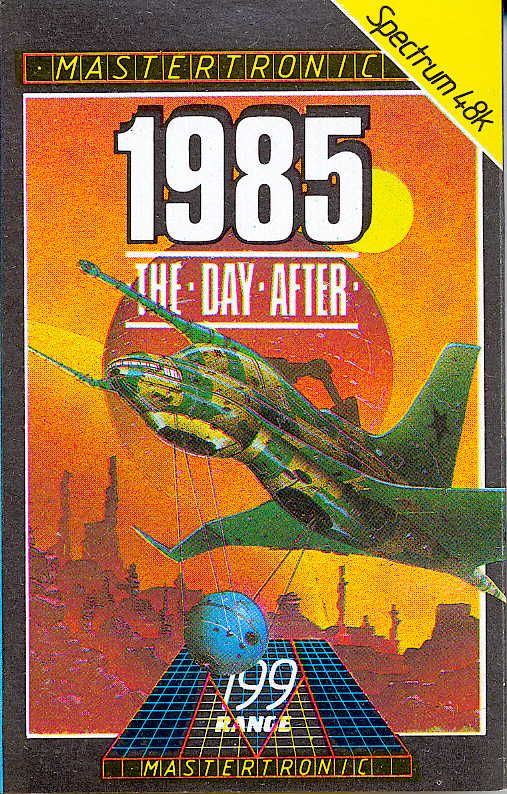
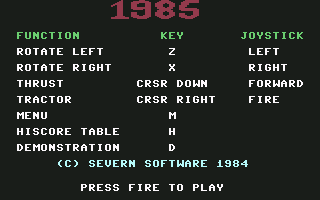
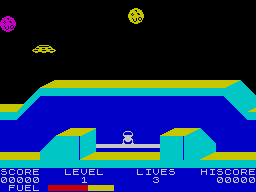
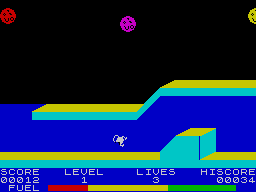
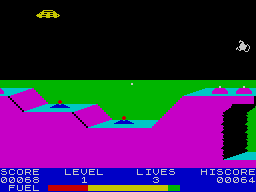
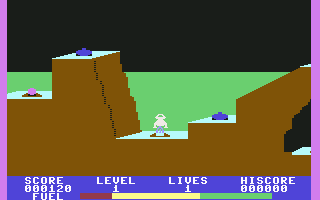



Reviews
There are no reviews yet.